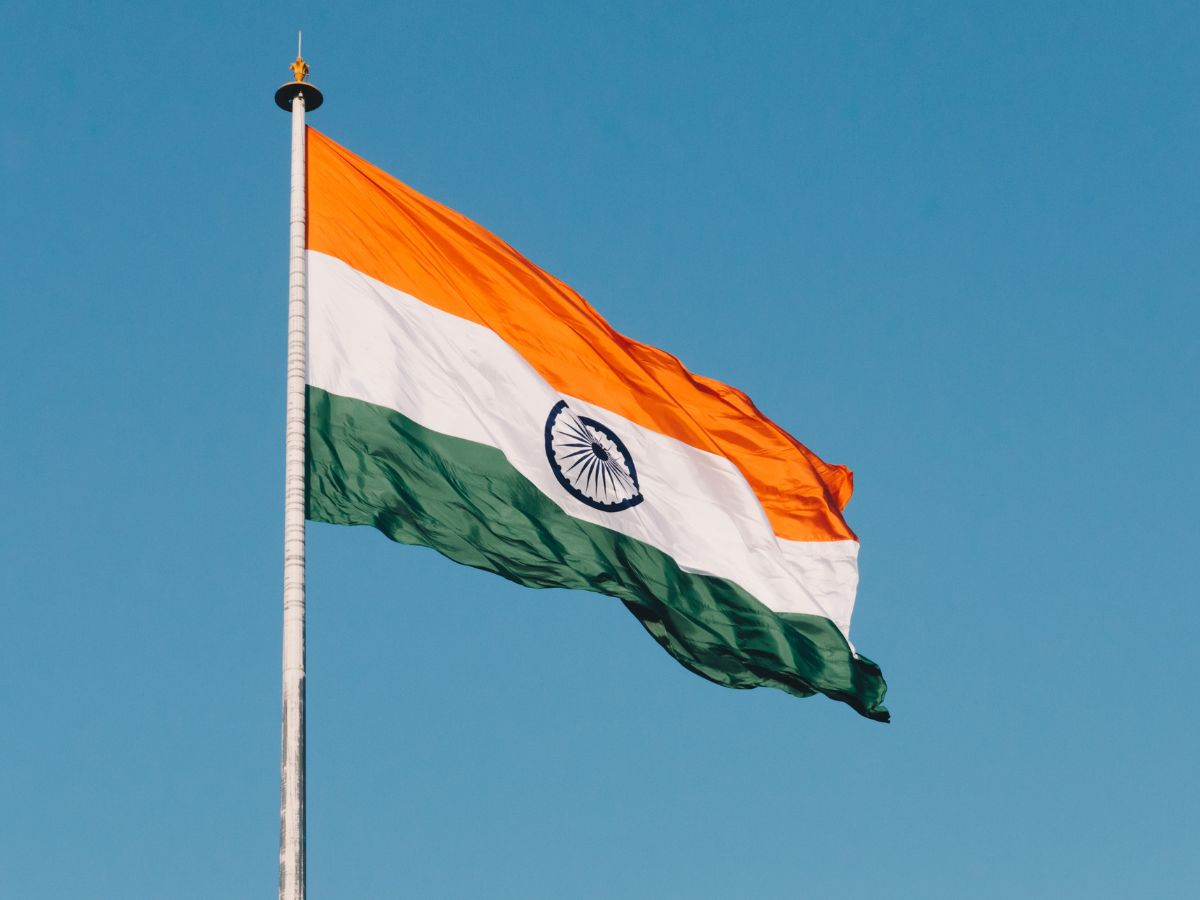On this Republic Day, a total of 23 tableaux – 17 from states and Union territories and six from various ministries and departments – depicted India’s vibrant cultural heritage, and economic and social progress were part of the parade on the Kartavya Path. President Droupadi Murmu led the nation in celebrating the 74th Republic Day and the Egyptian President Abdel Fattah El-Sisi was the chief guest at the parade.
Gujarat
Kutchi embroidery and decoration known for its mirror work, traditional ‘bhungas’ and renewable energy production were the focus elements in the tableau of Gujarat. The village of Modhera, famous for its Sun Temple, and being India’s first round-the-clock solar-powered village was also showcased in the float. Artistes wearing colourful ‘garba’ costumes and performing to a thematic song, accompanied it.
Arunachal Pradesh
For the northeastern state of Arunachal Pradesh, the tableau displayed the potential for tourism in the fields of adventure, sports, ecology, culture, religion, history and archeology. The tractor portion of the tableau depicted the Donyi Polo airport entrance gate and the state bird Hornbill, amidst lush green landscape adorned by orchids. Shapawng YawngManou Poi — a dance festival — and a 1962 War Memorial were depicted in the trailer portion.
Assam
At Assam Tableau, Legendary Ahom General Lachit Borphukan and the revered Kamakhya Temple and other cultural heritage of Assam were depicted as it rolled down the Kartvaya Path during the 74th Republic Day celebrations.
Haryana
Haryana showcased Lord Krishna giving sermons to Arjuna in the battlefield of Kurukshetra and the deity’s “Virat Swaroop” as the centrepiece. The state’s tableau drew inspiration from the epic Mahabharata and the Bhagavad Gita and presented a huge model of a chariot pulled by four horses.
Ladakh
In the Union Territories tableau, Ladakh presented the pristine landscape and vibrant cultural heritage of Ladakh, including rock-cut statues in Kargil, accompanied by a colourful troupe of artistes drawn from both Leh and Kargil regions.
Uttarakhand
Uttarakhand showcased its wildlife and religious sites. In the foreground of the state tableau, reindeer, deer and various birds were shown roaming in the world-famous Corbett National Park. The central part of the tableau depicted the state animal of Uttarakhand, ‘musk deer’, national bird peacock and ghoral.
Jharkhand
Jharkhand’s tableau showcased legendary tribal hero Birsa Munda and the famous Baidyanath Temple, one of the 12 Jyotirlingas located in Deoghar district, with Sohrai paintings on its side panels.
Uttar Pradesh
In Uttar Pradesh’s tableau, Lord Ram and Goddess Sita were depicted as being welcomed by the people of Ayodhya on their return from exile, with the Deepotsav celebrations in the temple town.
West Bengal
“Dhak”, “dhunuchi” and women wearing white sarees with red border bowing to Maa, the culture of Durga Puja came alive on the West Bengal tableau with a festive spirit.
Jammu & Kashmir
The making of a ‘Naya Jamma and Kashmir’ and ancient Amarnath cave shrine were the main themes of the J-K Republic Day tableau that rolled down the Kartavya Path amid patriotic fervour at the ceremonial boulevard.
Tableaux that focused on women empowerment
“Nari shakti” and women empowerment dominated the theme of tableaux of Kerala, Karnataka, Tamil Nadu, Maharashtra and Tripura.
Kerala presented the tableau of “Nari Shakti and Folk Traditions of Women Empowerment” that includes Kalaripayattu, a martial art with more than 2,000 years history, percussion and tribal traditions.
Karnataka’s tableau also celebrated the power of nari shakti. Sulagitti Narasamma, a midwife, Tulsi Gowda Halakki, known as Vruksha Maate (mother of trees), and Salumarada Thimmakka (Thimmakka of row of trees) have become noted names due to their selfless contributions to the society.
Tamil Nadu’s tableau was based on women empowerment and culture of the state which prevailed from the Sangam era to the present day. The front portion of the tableau showcased a statue of poet Avvaiyar, an icon for intellectual women who wrote “Aathichoodi” and “Kondraiventhan” amongst several other finest poems.
The tableau of Maharashtra on the background of Azadi ka Amrit Mahotsav presented “Sade Tin Shaktipithe and Nari Shakti”. At the centre of the tableau there was a folk art form Potraj and Aaradhi, associated with the goddess. A Maharashtrian woman depicted on the back side of the tableau represented feminine power.
Tripura tableau’s theme also revolved around women’s power. It highlighted sustainable livelihood through tourism and organic farming in Tripura with active participation of women. The tableau depicted the Mahamuni Pagoda (Buddhist stupa) at the front. The middle part showed various indigenous performing art forms of Tripura such as homgiri momitete.
Apart from the above mentioned states, the power of feminine divinity was also the theme of the Ministry of Culture’s tableau.
(With inputs from PTI)





